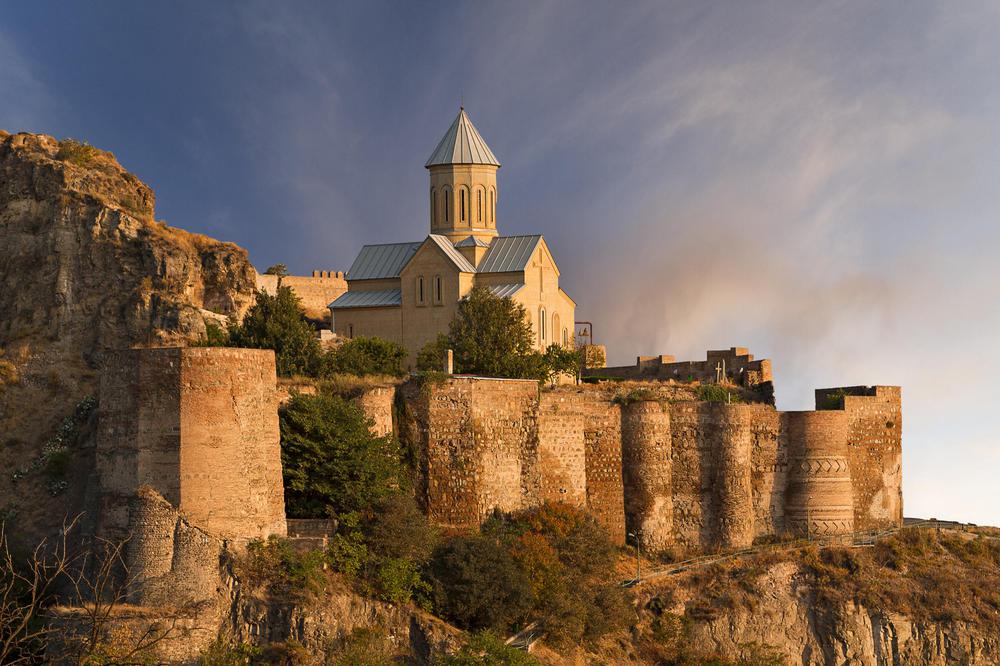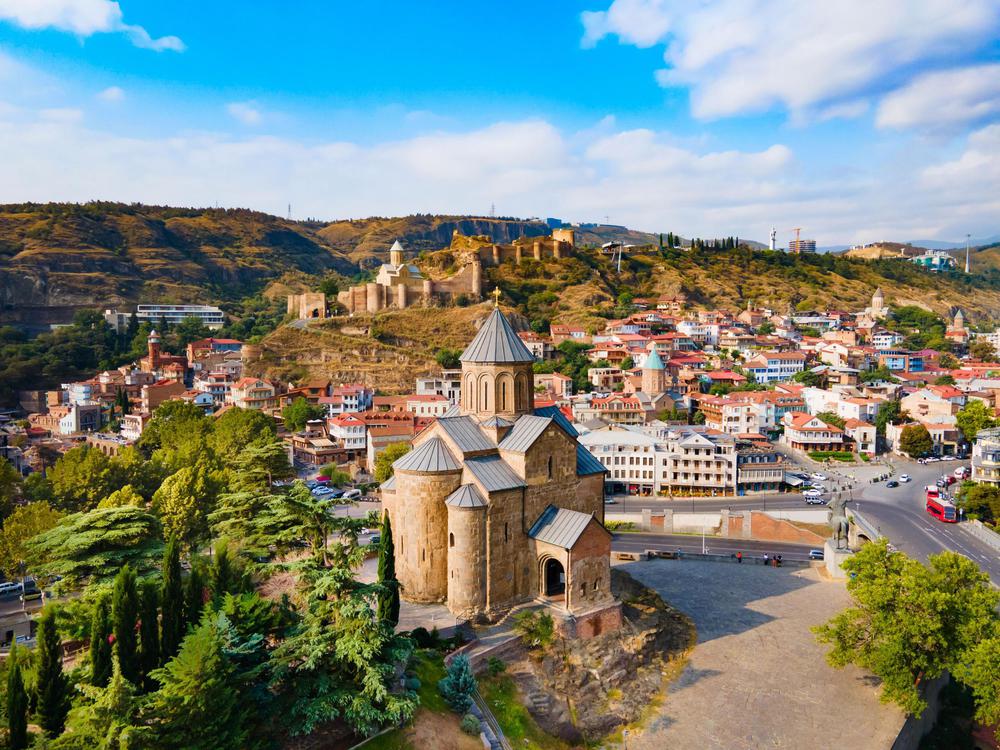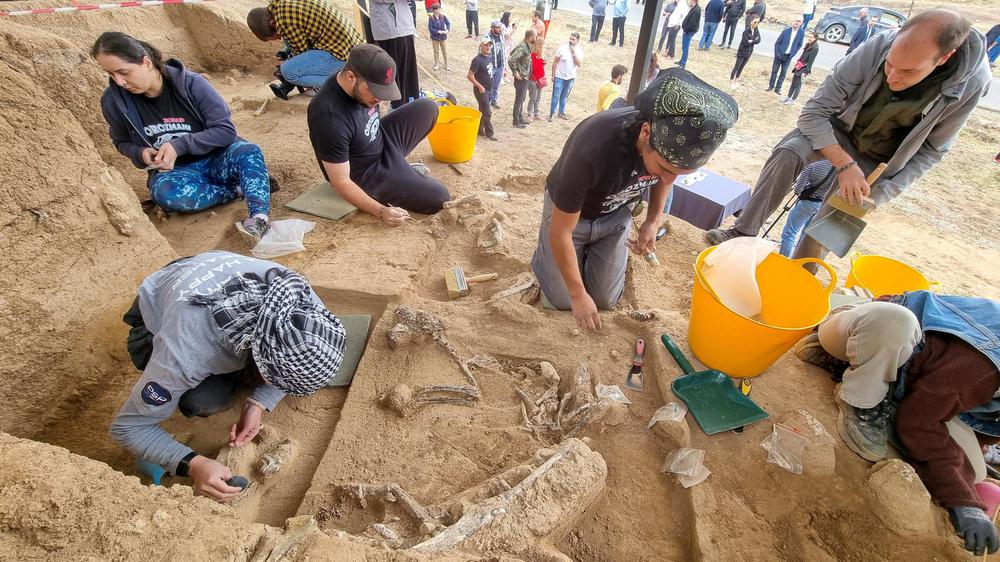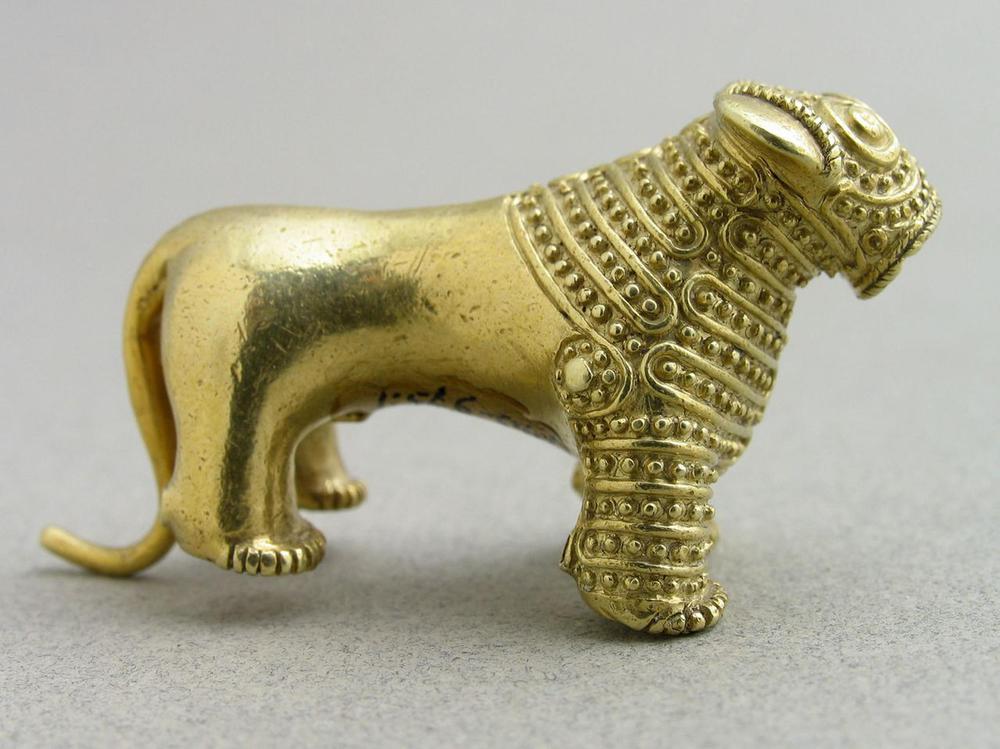Georgia, a country rich in history and culture, offers an array of archaeological sites that tell stories of ancient civilizations, religious transformations, and architectural advancements. This article provides a detailed exploration of these sites, offering an educational perspective on their historical significance and the insights they offer into past lives.
Dmanisi: A Glimpse Into Early Human History
Dmanisi, renowned for its archaeological significance, sheds light on the early human species, Homo georgicus. Dated to 1.8 million years ago, this site challenges the traditional understanding of human evolution, indicating a simultaneous existence of early humans in Africa and Eurasia. The discovery of skulls, jaws, and tools not only illustrates physical characteristics and technological use but also suggests complex social structures and survival strategies, such as the care of elderly individuals.
Vardzia: The Cave City Of Cultural Significance
Vardzia, a cave city etched into the Erusheti Mountain, was a 12th-century cultural and religious center under Queen Tamar's reign. This extensive complex, once a monastery and fortress, reveals the religious fervor and architectural ingenuity of medieval Georgia. Frescoes and carvings inside the caves provide insights into the religious practices and artistic expressions of the era.
Mtskheta: The Cradle Of Georgian Christianity
Mtskheta, an ancient city near Tbilisi, played a pivotal role in the spread of Christianity in Georgia. Home to the Svetitskhoveli Cathedral and Jvari Monastery, it demonstrates the fusion of architectural styles and religious importance. The city, a UNESCO World Heritage Site, offers a tangible connection to Georgia's early Christian heritage and its evolution over centuries.
Vani: Insight Into The Colchian Civilization
The archaeological site of Vani reveals the sophisticated burial practices of the ancient Colchians, dating back to the 6th century BCE. Excavations have uncovered tombs and artifacts like jewelry and pottery, providing a window into the social structure, religious beliefs, and cultural practices of this enigmatic civilization, known from Greek mythology.
Ananuri: A Symbol Of Feudal Power And Faith
Ananuri, a 17th-century fortress, stands as a testament to Georgia’s medieval military architecture and religious fervor. Its well-preserved walls, towers, and churches, adorned with religious iconography, speak of the strategic importance and the spiritual devotion of the Georgian feudal lords. It offers a comprehensive view of the region's political and religious dynamics during the medieval period.
Uplistsikhe: The Ancient Rock-Cut City
Uplistsikhe, carved into rock formations, dates back to the Early Iron Age. This site offers a unique insight into pre-Christian urban life in the Caucasus. Its complex includes living quarters, religious structures, and community spaces, highlighting the sophisticated urban planning and cultural practices of its inhabitants. The site's significance lies in its representation of early urban civilization in Georgia, reflecting the social and political structures of the time.
Geguti Royal Palace: The Medieval Architectural Gem
Geguti Royal Palace, near Kutaisi, is a prime example of medieval Georgian architecture from Georgia's Golden Age. Renowned for its distinctive spatial design, the palace reflects the architectural and artistic advancements of the period. It provides a glimpse into the royal lifestyle and administrative functions of the Georgian monarchy during the medieval era.
Didgori Battle Memorial: A Symbol Of Georgian Valor
The Didgori Battle Memorial commemorates the historic Battle of Didgori in 1121. Situated in the Trialeti mountains, this memorial not only honors Georgian military prowess but also serves as a crucial site for understanding Georgia's medieval military strategies and socio-political dynamics during the time of King David IV.
Sarkine: Unveiling The Iberian Settlements
The ancient town of Sarkine, near Mtskheta, provides insights into the settlements of the Iberian period. This site, mentioned in Georgian Chronicles, is crucial for understanding the urban and cultural development in early Georgian history, particularly in the context of the Kingdom of Iberia.
Dzalisi: A Peek Into The Hellenic And Roman Periods
Located in Inner Kartli, the Dzalisi archaeological site unveils unique historical monuments from the Hellenic and Roman periods. The excavations here have revealed mosaics, bath complexes, and other structures, illustrating the influence of Roman and Greek culture on Georgian society and the extent of cultural exchange during these periods.
Armaziskhevi: From Ancient History To Early Middle Ages
The Armaziskhevi sites near Mtskheta bring together important discoveries from ancient history to the early Middle Ages of Georgia. These findings contribute to the understanding of the cultural and historical evolution of the region, reflecting the continuous habitation and its transformation over centuries.
Educational And Entertainment Aspect
Each of these sites, steeped in history, offers more than just a visual spectacle. They are educational platforms where history enthusiasts, students, and tourists can engage with Georgia’s past, understand its cultural transformations, and appreciate its architectural prowess. Interactive tours, informational displays, and preservation efforts make these sites not only educational but also entertaining destinations.
Conclusion: Preserving And Learning From The Past
Georgia’s archaeological sites are invaluable in understanding human history, from early civilization to medieval times. They offer a rich educational experience, allowing visitors to delve into the depths of historical eras, understand cultural evolutions, and witness architectural marvels. These sites are not just relics of the past; they are living classrooms where history is preserved and learned.

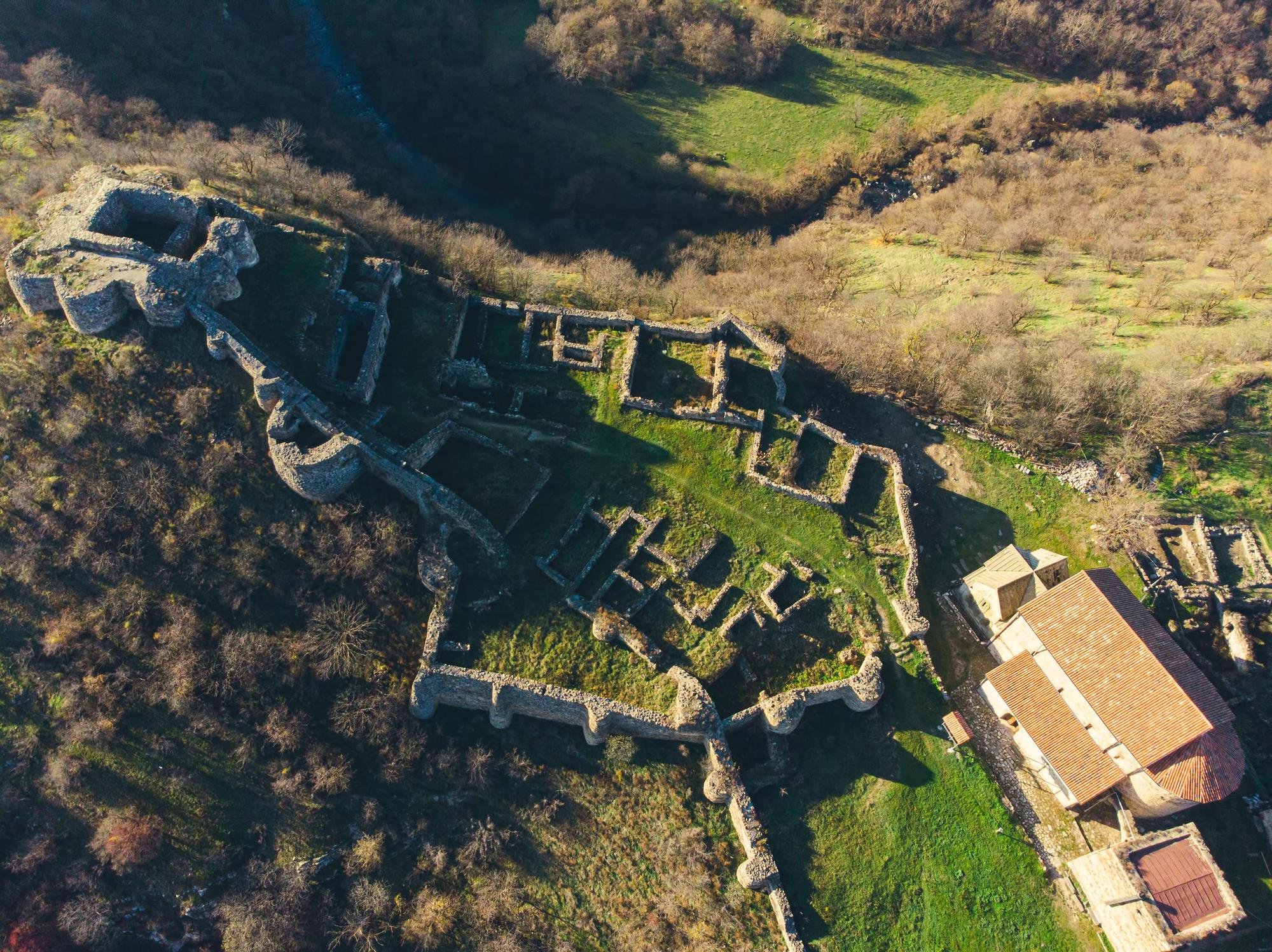

 Mtskheta
Mtskheta
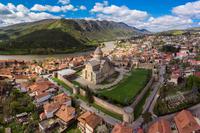 Svetitskhoveli Cathedral
Svetitskhoveli Cathedral
 Jvari Monastery
Jvari Monastery

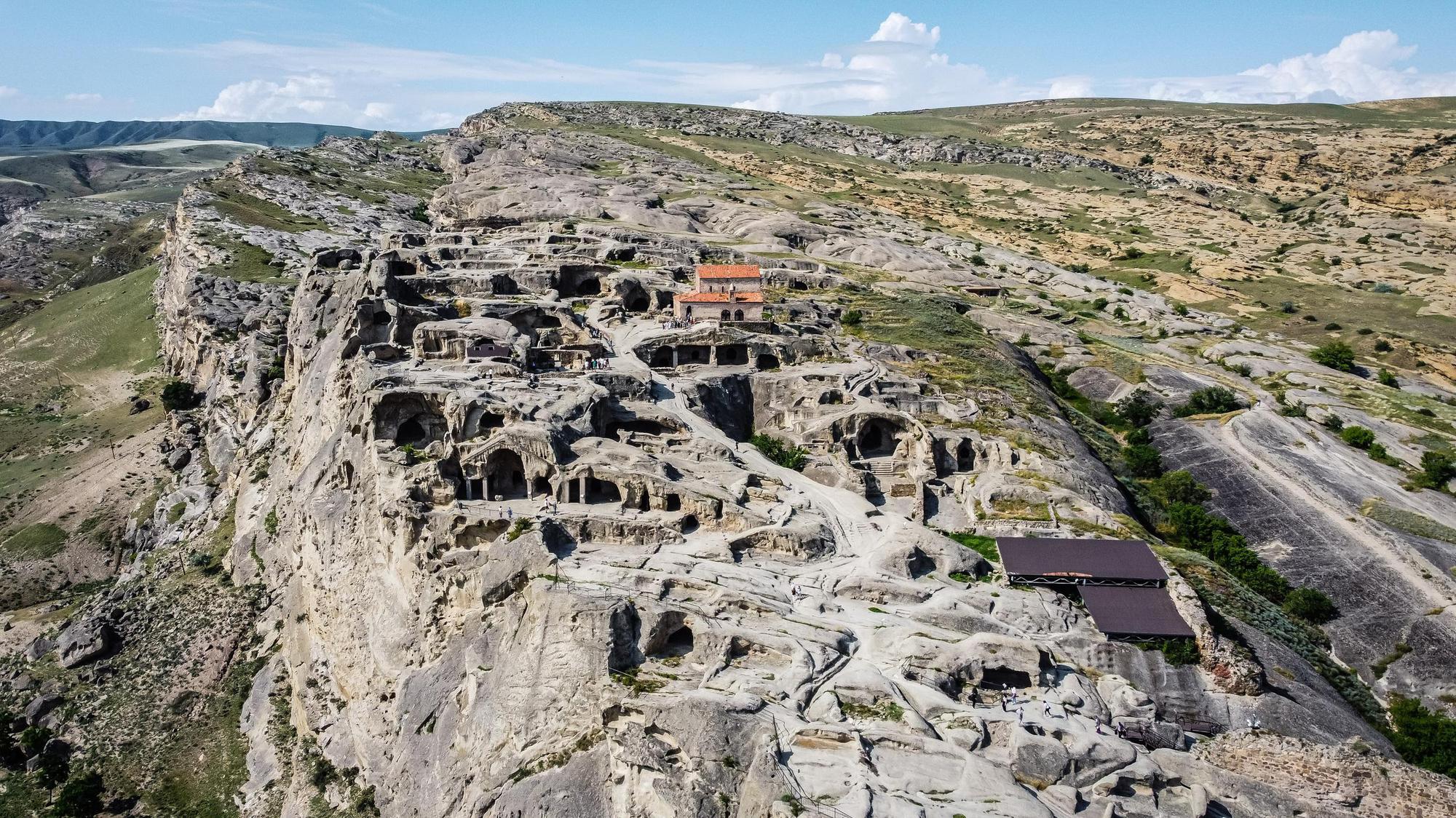
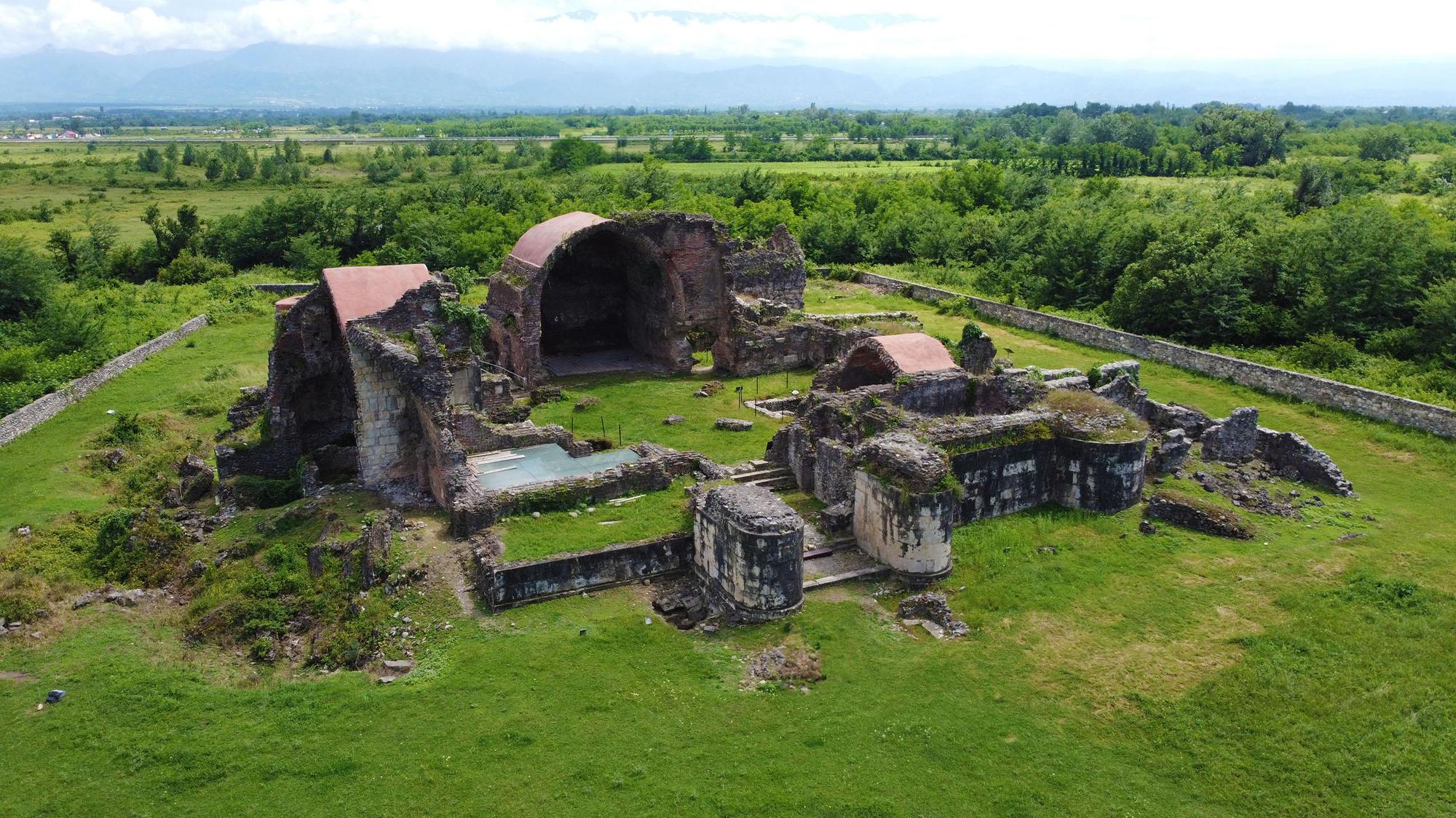
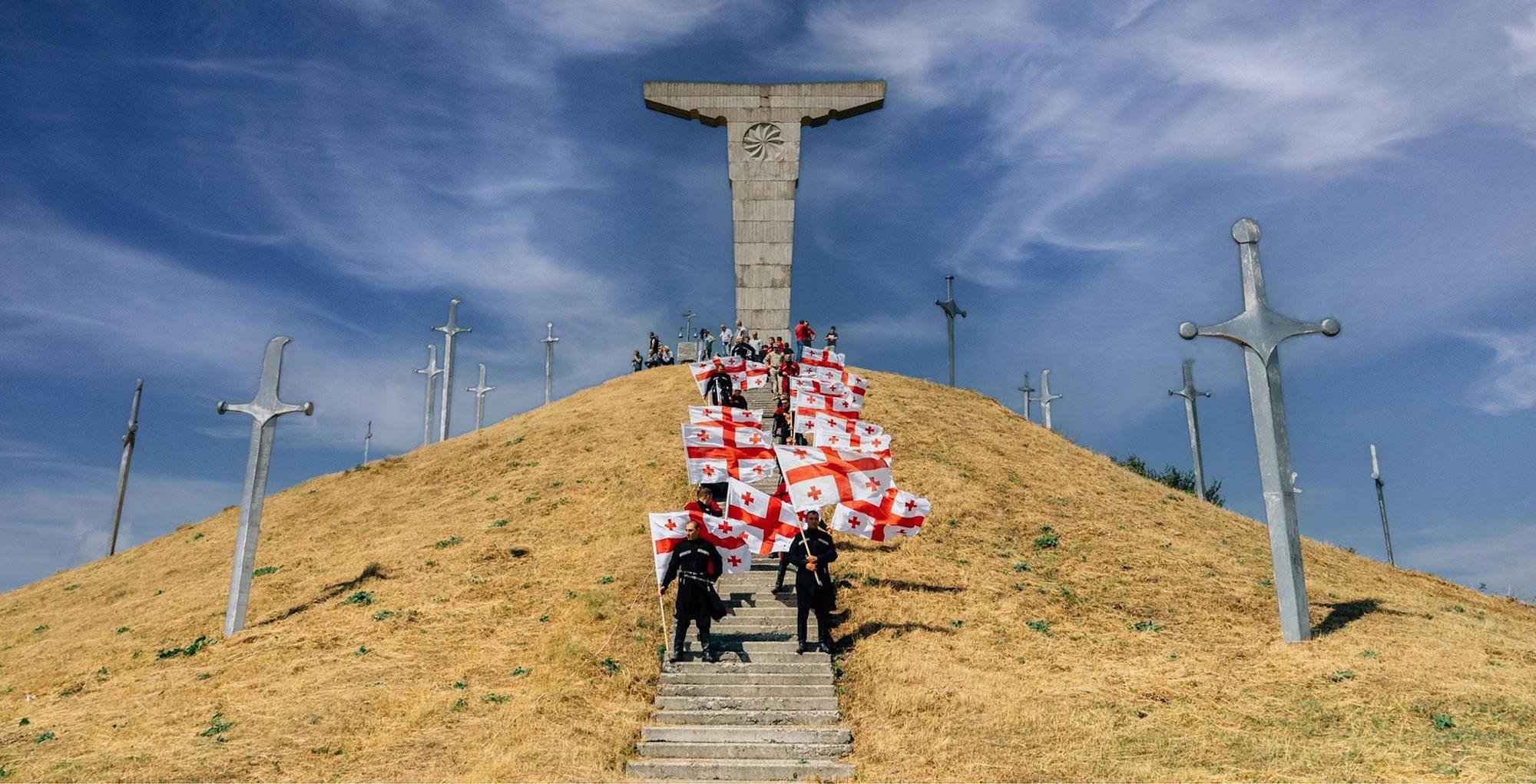
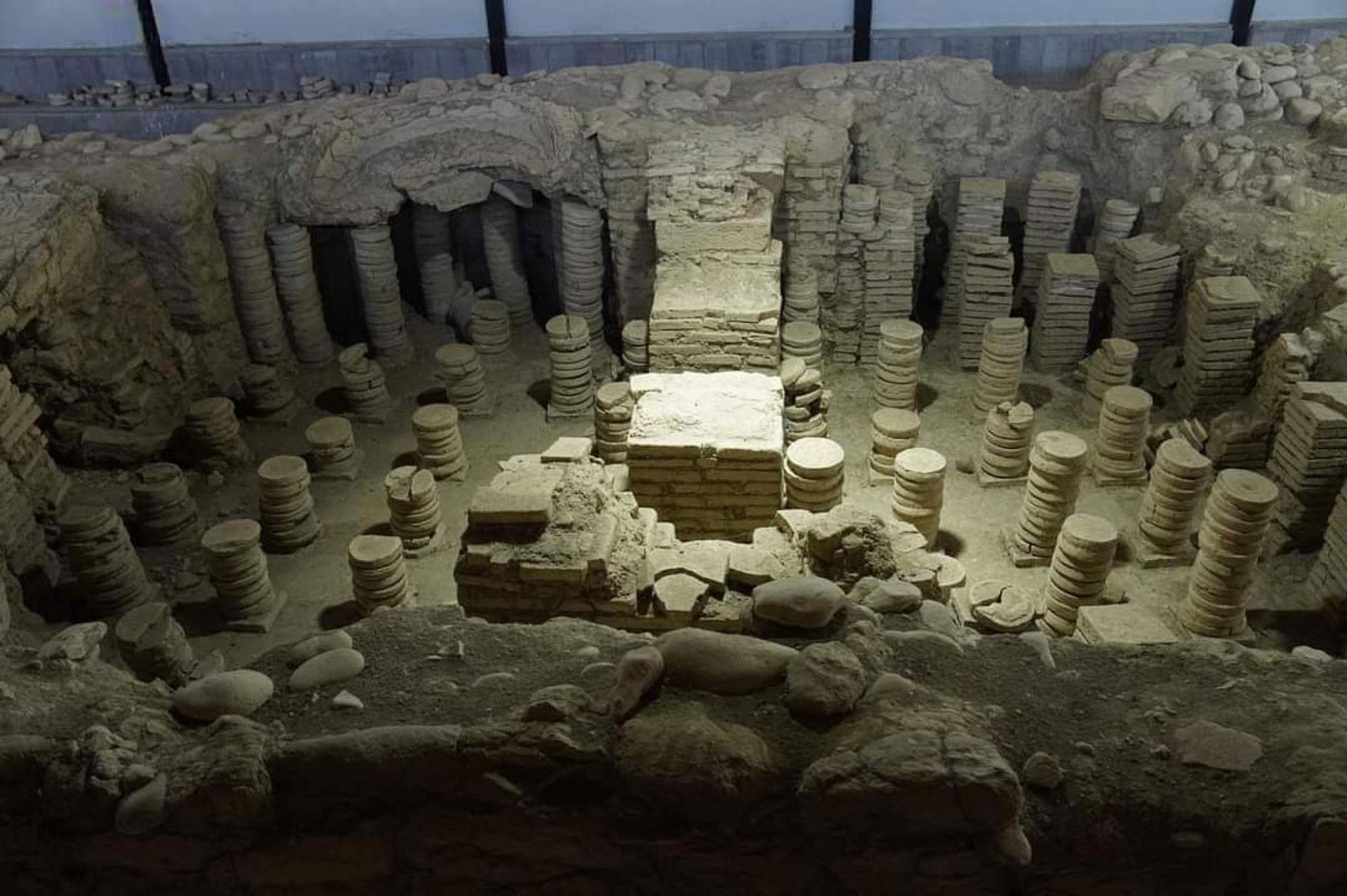

 Georgian Cooking Classes
Georgian Cooking Classes
 Wine Tasting in Georgia
Wine Tasting in Georgia
 Architectural Tours of Old Tbilisi
Architectural Tours of Old Tbilisi
